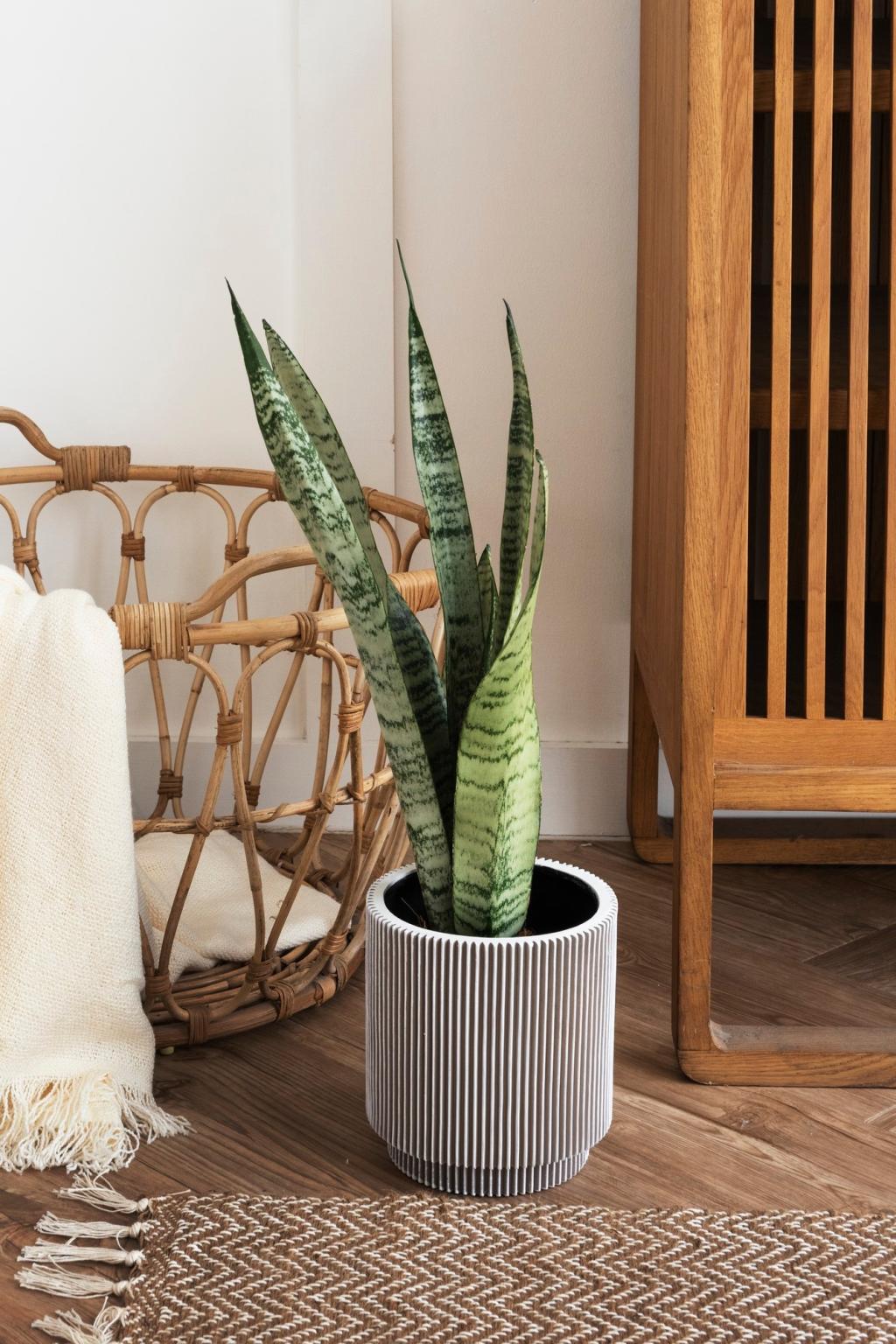Embracing sustainability in the realm of interior design begins with the conscious choice of furniture materials. Eco-conscious living goes hand-in-hand with selecting furnishings that not only enhance the beauty of your home but also minimize environmental impact. This approach involves prioritizing renewable resources, durability, non-toxicity, and ethical production methods. By making informed decisions on sustainable furniture materials, individuals play a vital role in protecting natural resources, supporting ethical practices, and reducing landfill waste.
FSC-Certified Hardwoods
Furniture constructed from FSC-certified hardwoods offers both durability and a commitment to responsible forest management. The Forest Stewardship Council (FSC) certification guarantees that the hardwood used comes from forests managed for long-term sustainability, wildlife protection, and the welfare of indigenous communities. Techniques in kiln drying and traditional joinery further amplify the longevity of FSC-certified hardwood pieces, making them invaluable investments for eco-conscious consumers. Their classic grain patterns and robust structures also mean they will stand the test of time, reducing the need for frequent replacement and ultimately minimizing waste.
Reclaimed Timber
Reclaimed timber redefines eco-friendly design by giving new life to wood salvaged from old buildings, barns, or industrial structures. Each piece of furniture crafted from reclaimed wood boasts a unique character and rich history, often showcasing weathered textures and patinas that mass-produced materials simply can’t match. By diverting usable wood away from landfills and reducing the demand for newly harvested timber, reclaimed furniture exemplifies environmental stewardship. The process preserves natural resources, lowers carbon emissions associated with logging, and fosters a connection to the past, bringing depth and authenticity to modern spaces.
Bamboo
Bamboo is celebrated for its exceptional renewability and rapid regrowth, reaching maturity in a fraction of the time required for traditional hardwoods. Its natural strength and lightweight properties make it an excellent choice for both indoor and outdoor furniture. When treated with environmentally safe finishes, bamboo furniture resists moisture and warping, ensuring longevity without sacrificing green values. Additionally, bamboo farming supports soil restoration and reduces erosion, further benefiting the planet. These combined advantages make bamboo a standout option for those seeking stylish, functional, and sustainable furnishings.
Innovative Plant-Based Materials
Hemp
Hemp fibers are rapidly gaining recognition within the sustainable furniture market, thanks to their impressive strength, durability, and versatility. Grown with minimal pesticides and low water requirements, hemp enriches the soil rather than depleting it, making it an exemplary crop for eco-friendly manufacturing. When woven or compressed, hemp produces textures that are both organic-looking and incredibly hard-wearing, suitable for upholstery, panels, or composite boards. Its natural antibacterial qualities also contribute to healthier indoor environments. Choosing hemp-based pieces supports agricultural diversity and energy efficiency while adding a fresh, modern look to living spaces.


Cork
Harvested from the bark of cork oak trees, cork is an outstanding renewable resource in sustainable furniture design. The extraction process is unique—removing the bark does not harm the tree and allows for continuous harvesting every nine to twelve years, greatly increasing the material’s environmental appeal. Cork’s natural elasticity, acoustic dampening properties, and resistance to moisture make it ideal for seating, table tops, and ergonomic accessories. Lightweight yet resilient, cork adds warmth and a tactile quality to interiors, supporting both comfort and eco-friendly values.
Recycled and Upcycled Materials
01
Recycled metals such as steel and aluminum are prominent in sustainable furniture due to their inherent strength, durability, and infinite recyclability. These metals require significantly less energy to process in their recycled form than when produced from raw ore, leading to lower greenhouse gas emissions. Furniture crafted from recycled metal is not only robust but also reinforces a sleek, industrial aesthetic suited to a wide variety of styles. By choosing recycled metal pieces, consumers support the reduction of mining activities while enjoying products that are long-lasting and easily recyclable again in the future.
02
Upcycling discarded textiles into furniture represents an innovative way to reduce waste and inject personality into interior spaces. Makers reclaim fabric scraps, old clothing, or industrial remnants to create unique upholstery, cushions, and even structural components. Each upcycled textile piece tells a story, distinguished by its eclectic patterns, textures, and colors. Beyond reducing landfill pressure, upcycling fabrics means fewer resources are used in creating new materials, lowering the overall carbon footprint. These one-of-a-kind pieces demonstrate how creativity and sustainability can seamlessly merge in modern home design.
03
Turning post-consumer plastics into furniture components is a powerful strategy for tackling plastic pollution while promoting circular design. Advances in recycling technologies allow plastics to be melted down and molded into durable chairs, tables, and decorative elements. Repurposed plastic furniture can take on a surprising range of colors and forms, often appealing to contemporary tastes with their clean lines and bold hues. This approach not only diverts waste from oceans and landfills but also raises awareness about responsible material consumption, offering a functional solution to one of the world’s most pressing environmental challenges.
